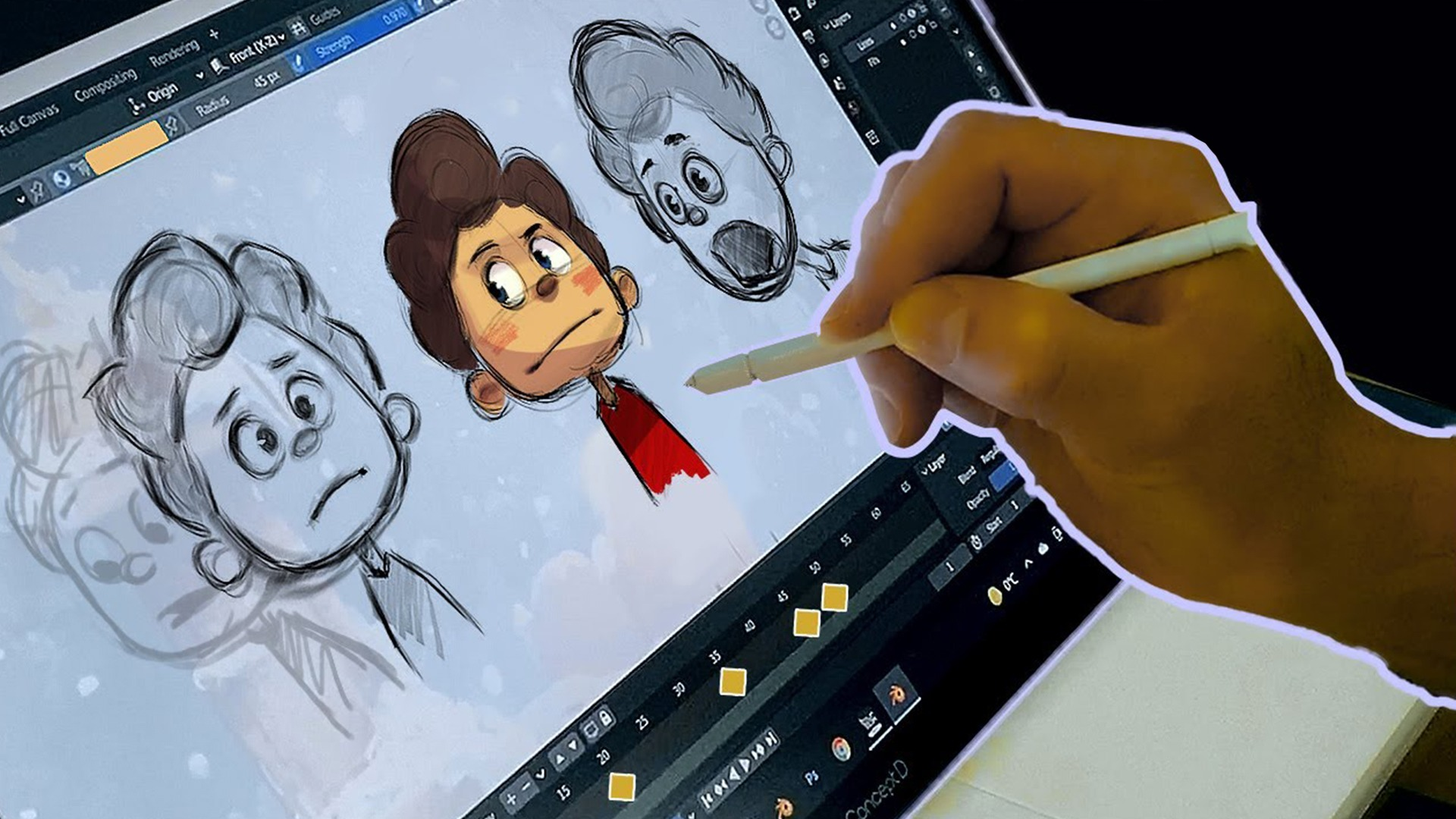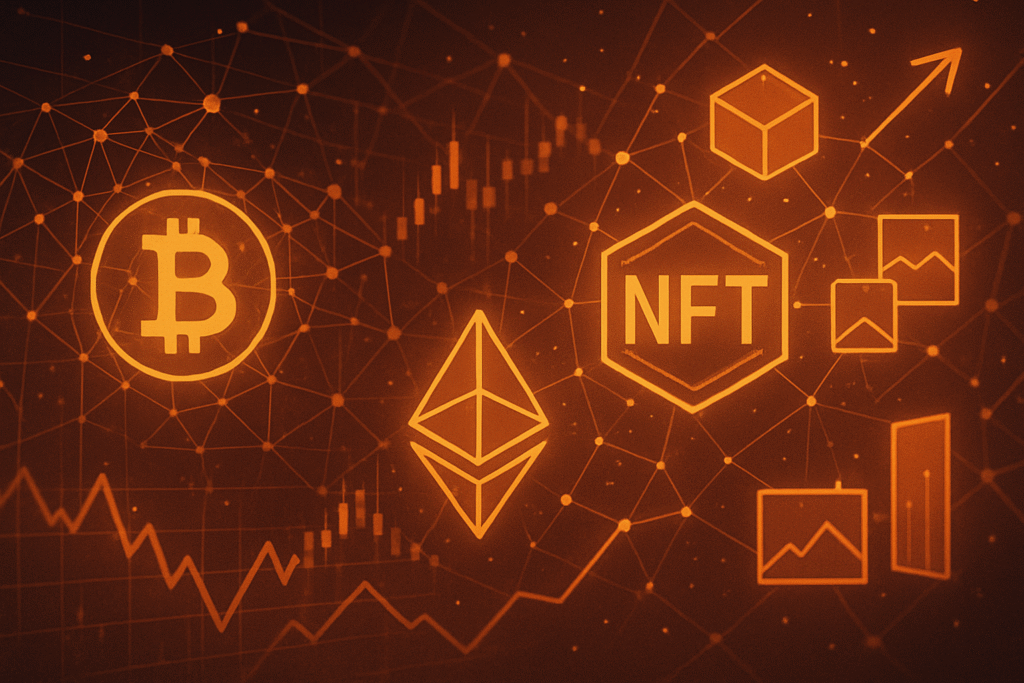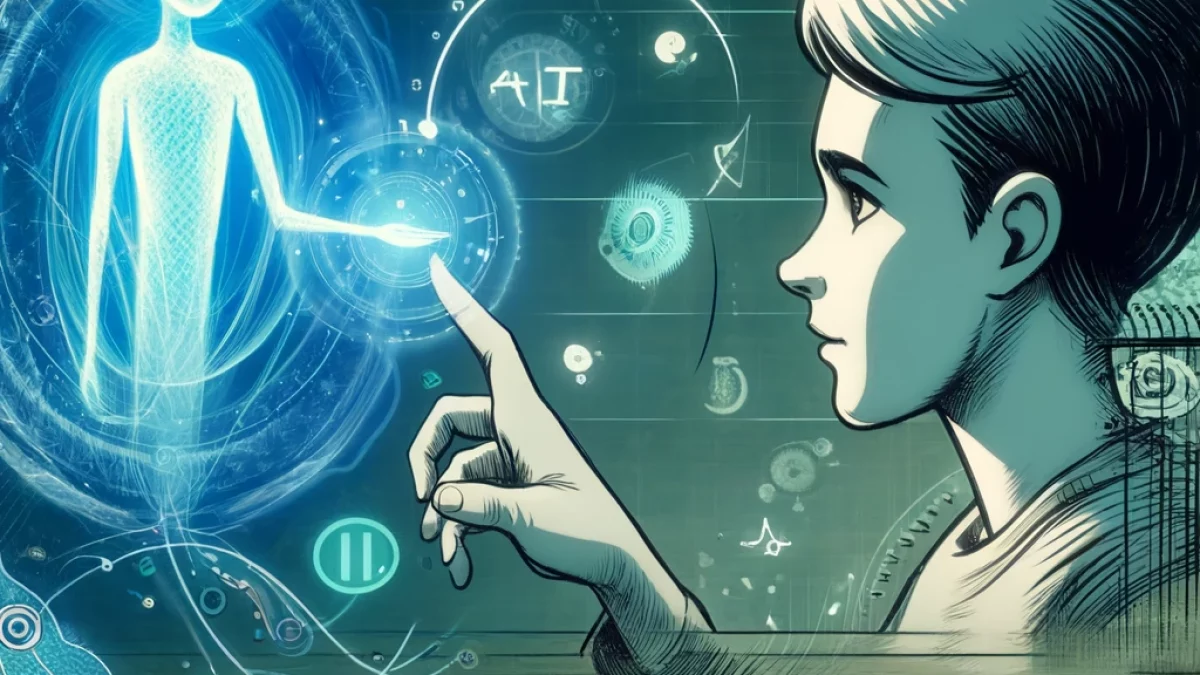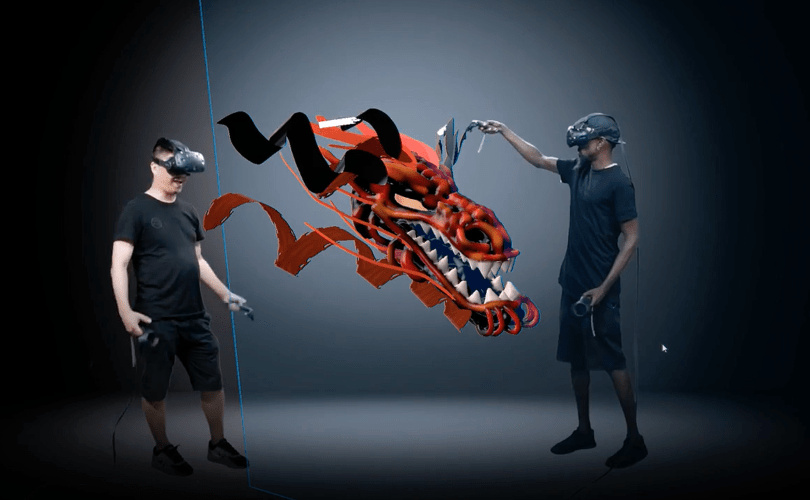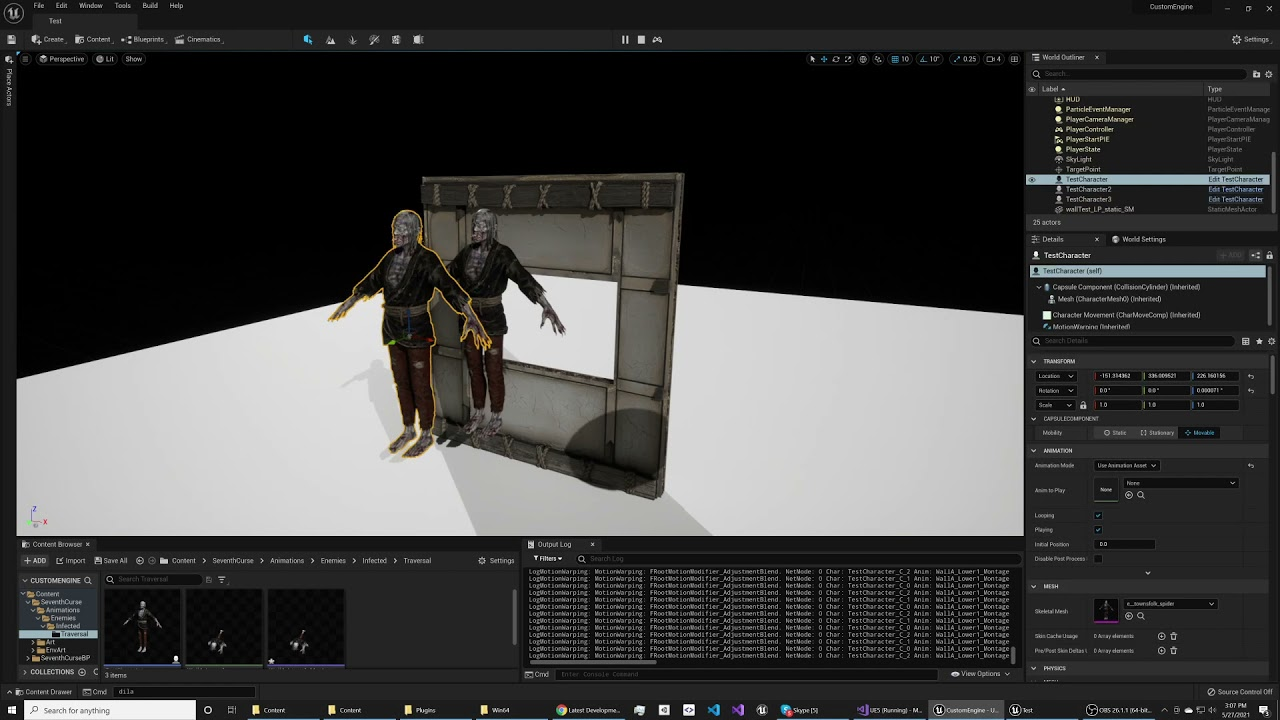In the realm of 3D animation, mastering foundational techniques is crucial for creating visually compelling and realistic animations. Key methods such as keyframing, rigging, modeling, and texturing form the backbone of any successful animation project. Keyframing involves setting specific points in time to define the start and end of a movement, allowing for smooth transitions between poses. Rigging adds a skeleton structure to models, enabling them to move in a lifelike manner. Modeling creates the 3D shapes and structures, while texturing applies surface details like colors and patterns to enhance realism. Together, these techniques ensure that animations are both dynamic and believable.
Advancements in 3D animation have introduced new tools and trends that are reshaping the industry. Software like Blender, Maya, and 3ds Max offer powerful features for animators, from real-time rendering to AI-assisted design. These tools allow for more efficient workflows and higher-quality outputs. Additionally, trends such as hyper-realistic 3D modeling and the integration of virtual and augmented reality are pushing the boundaries of what’s possible in animation. These innovations enable creators to produce immersive experiences that captivate audiences.
For those looking to excel in 3D animation, staying updated with the latest techniques and tools is essential. Engaging with online tutorials, participating in animation communities, and experimenting with different software can enhance skills and foster creativity. By combining traditional methods with cutting-edge technology, animators can bring their visions to life with unprecedented detail and authenticity. Whether for film, gaming, or virtual reality, mastering these techniques will set the foundation for a successful career in 3D animation.

